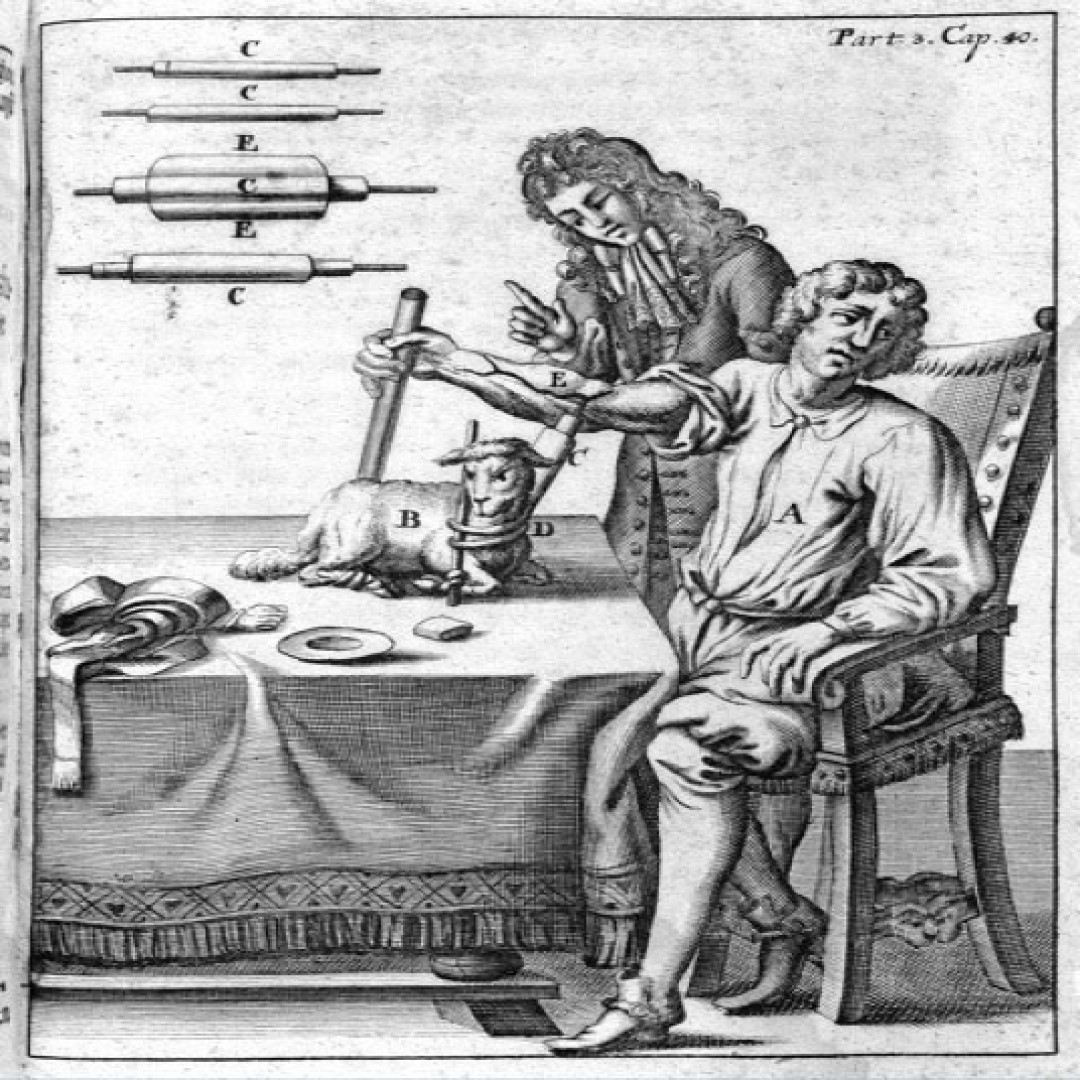
Successful blood transfusions from sheep to humans were reported
On Jun. 15, 1667, the first successful blood transfusions from sheep to humans were reported separately by Jean-Baptiste Denis in France and Richard Lower and Edmund King in England.
In our own day, blood transfusion has become an accepted, relatively uncontroversial medical therapy. We treat blood as a commodity, swapping units in and out of bodies as necessary. Yet in Lower’s time, it was wholly new, and such experiments—which he was one of the first to perform—were met with fear and controversy, much of which hung on a seemingly simple question: when blood passes from one body into another, what does it carry with it?
In the first US blood banks, physicians segregated the blood of black donors from that of white donors, following white Americans’ fears that blood carried with it a force for racial transmutation. In the present, the Food and Drug Administration bars non-celibate gay men from donating blood. Some see homophobia in this measure, though the FDA argues that it is necessary to prevent the spread of HIV. With the first successful face transplant having been conducted in France in 2005, even faces have become “body products,” raising anew questions about the relationship between the physical makeup of our bodies and our identities as individuals.
Tags:
Source: JSTOR
Credit:
